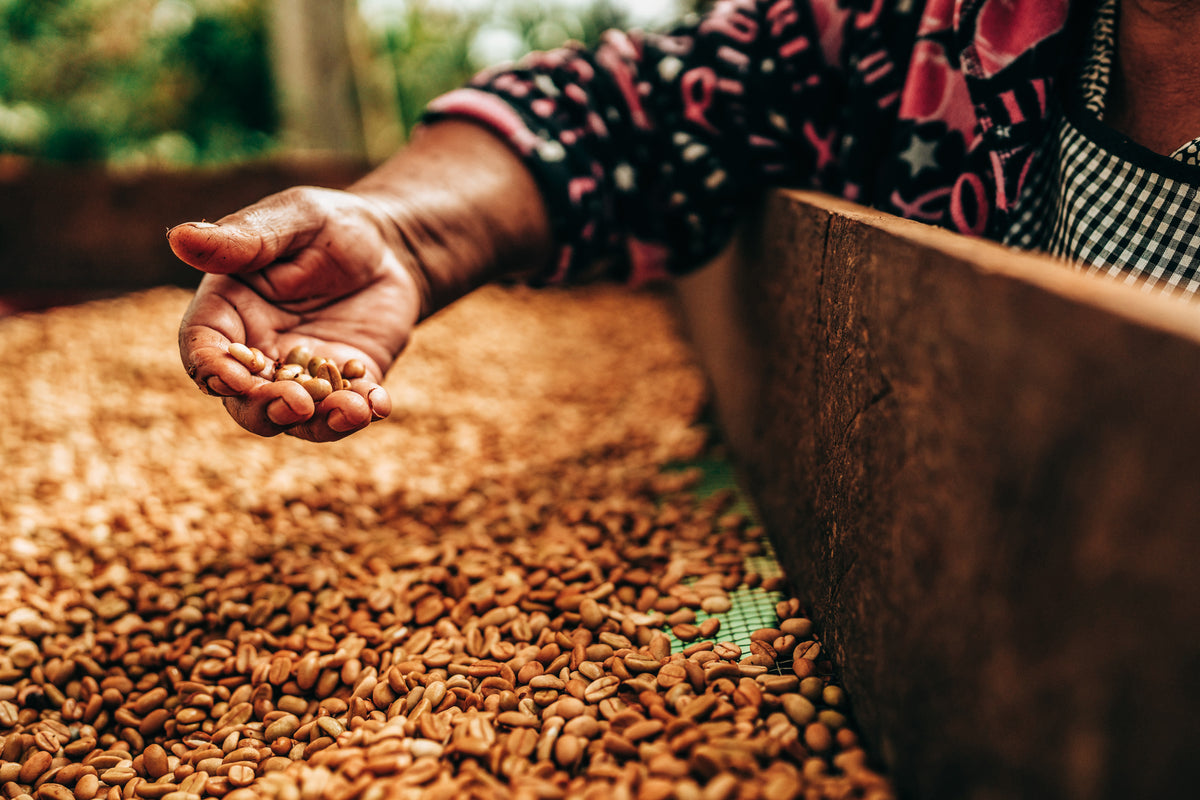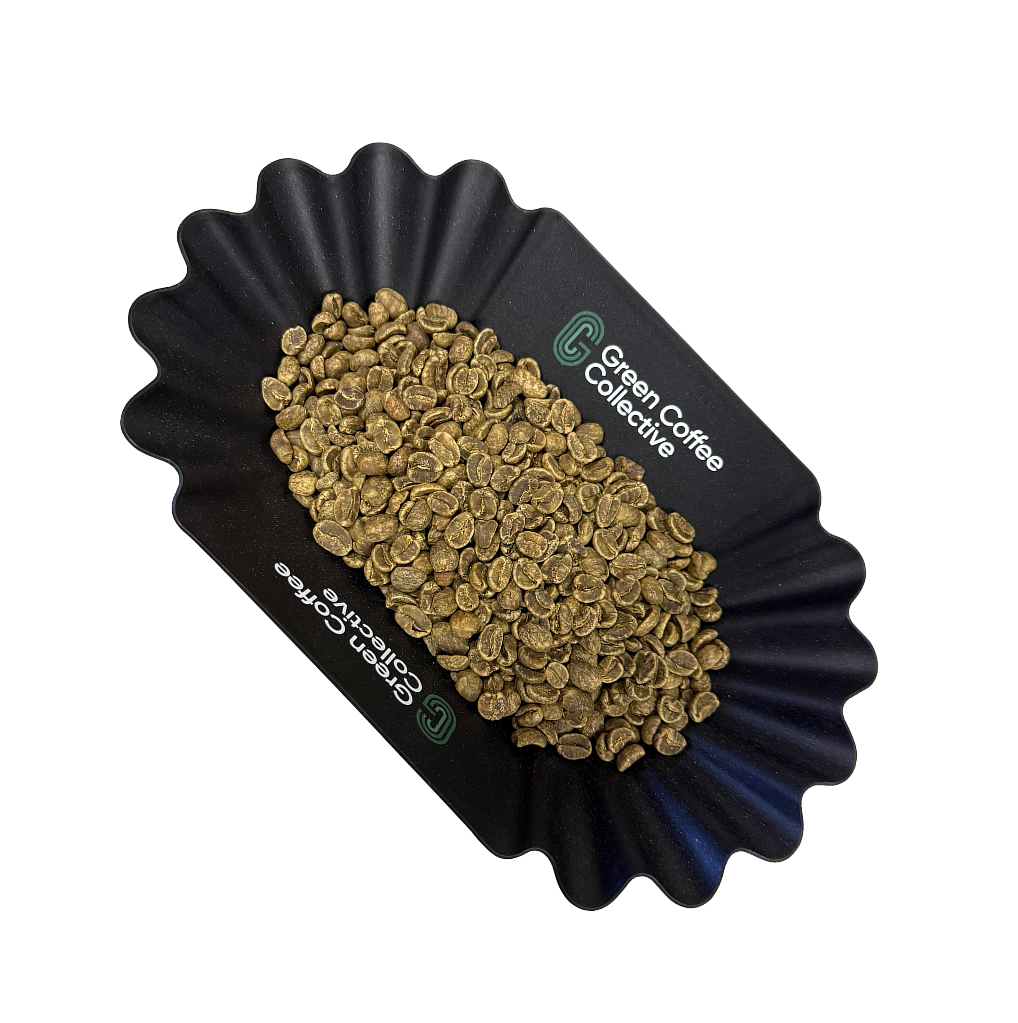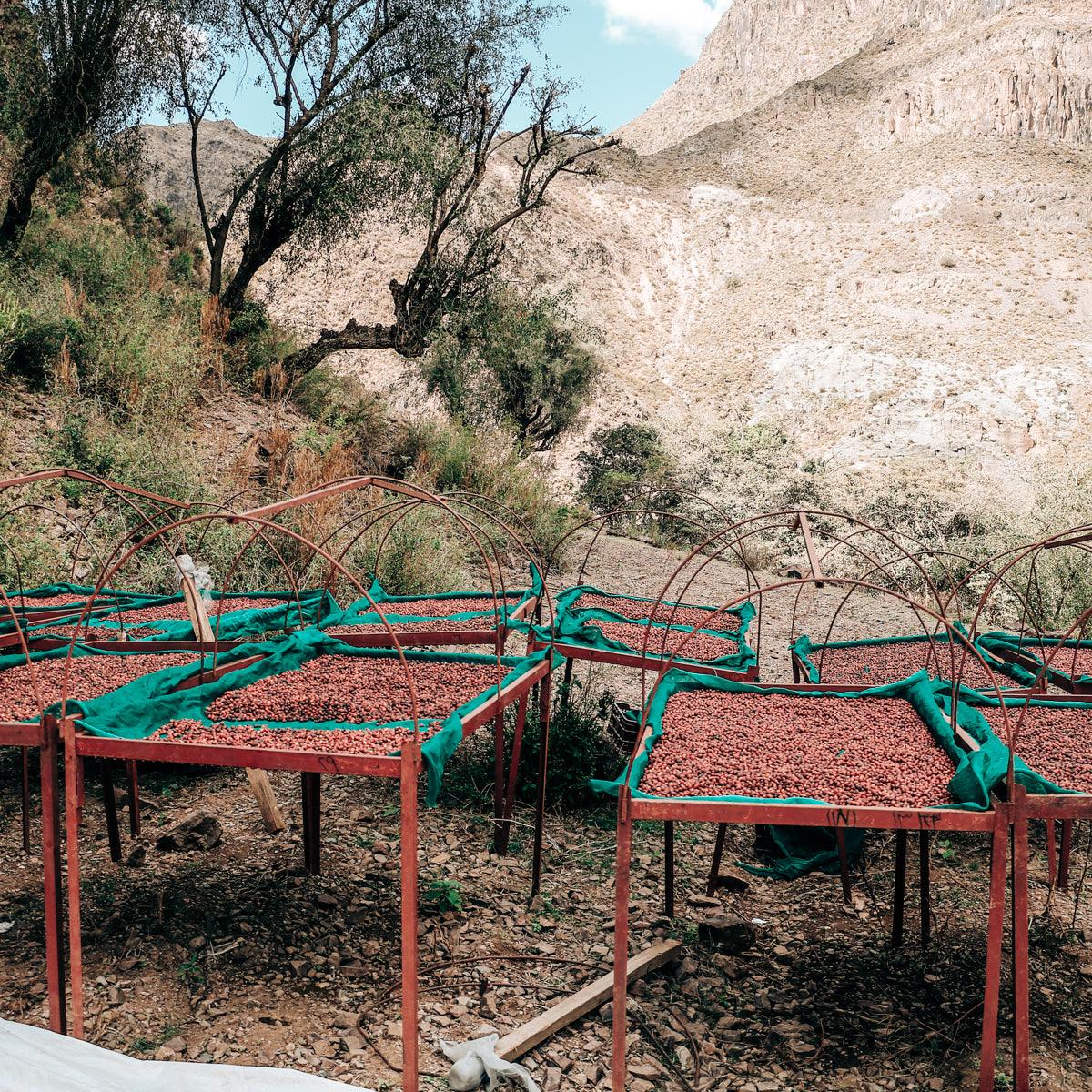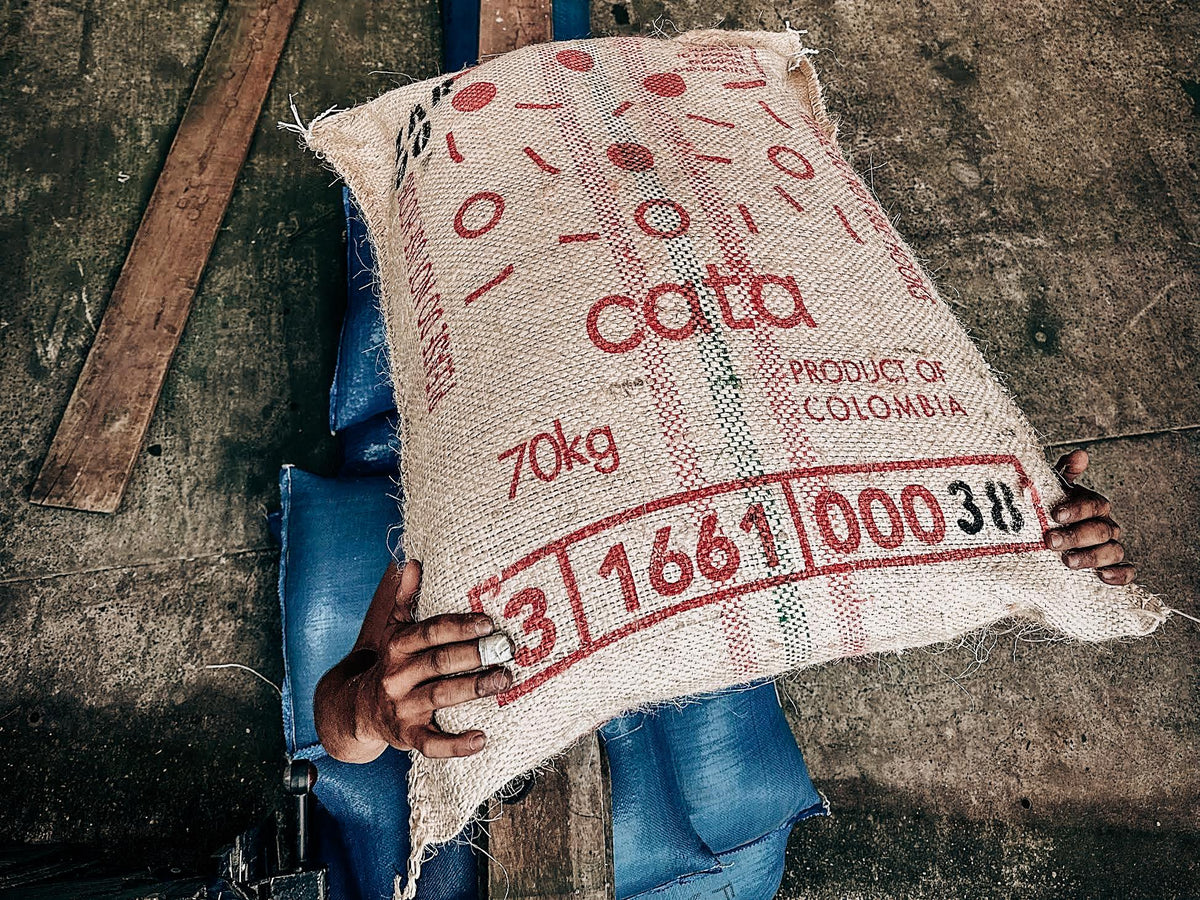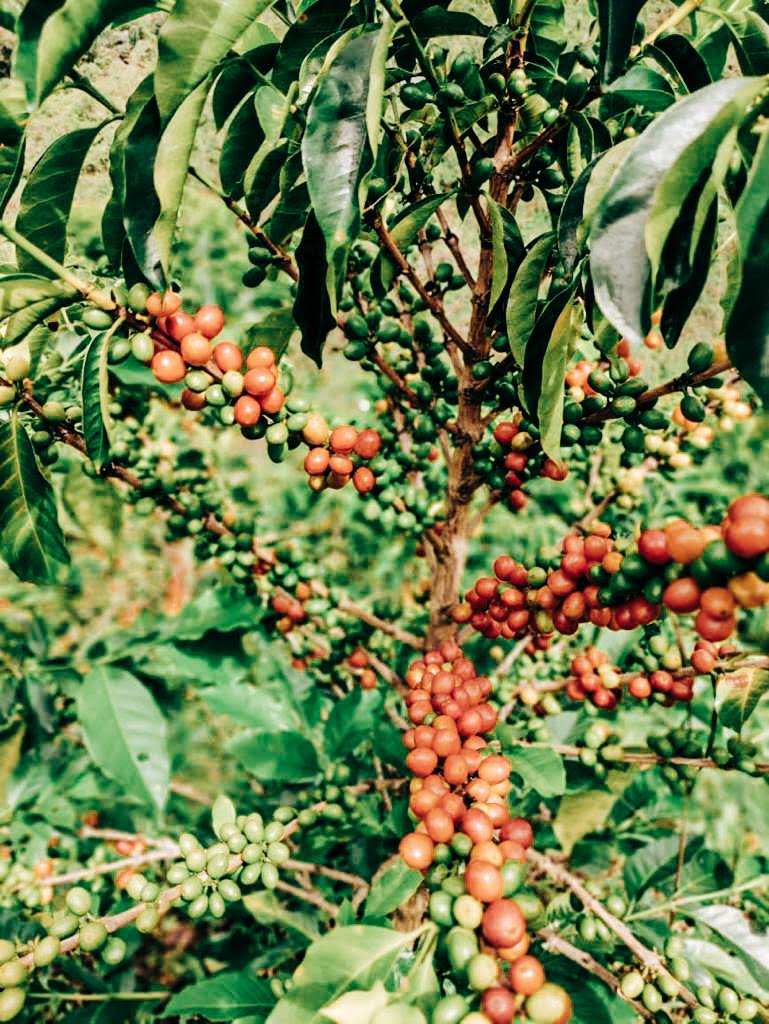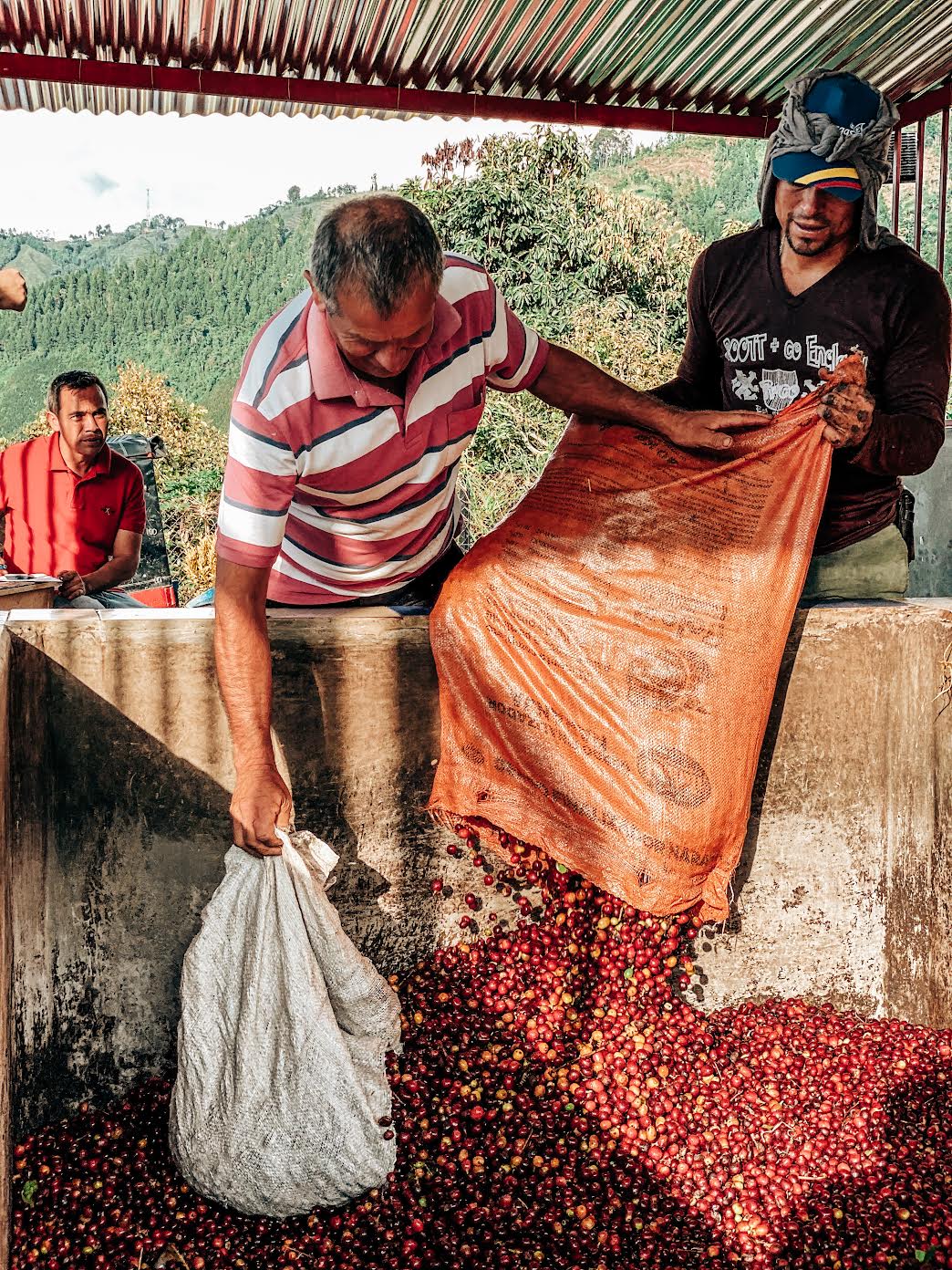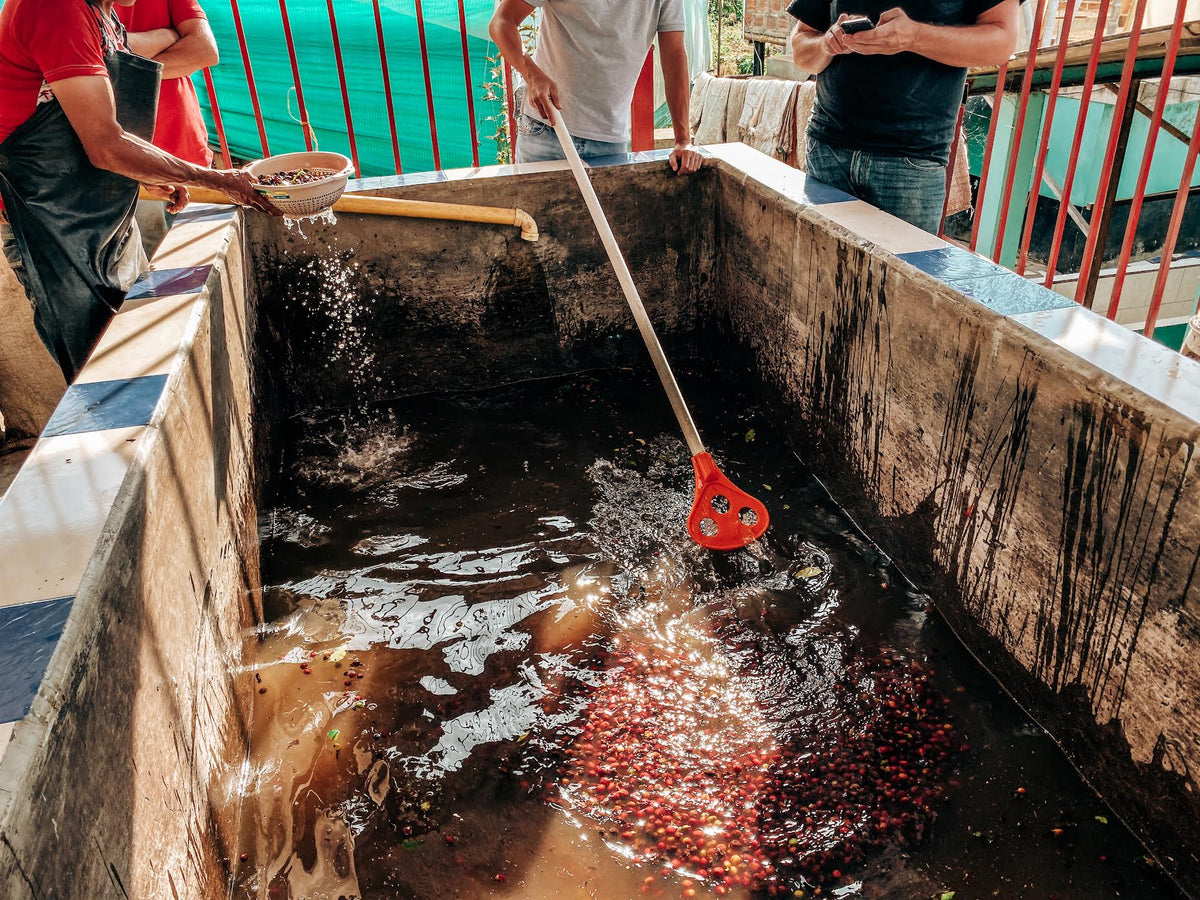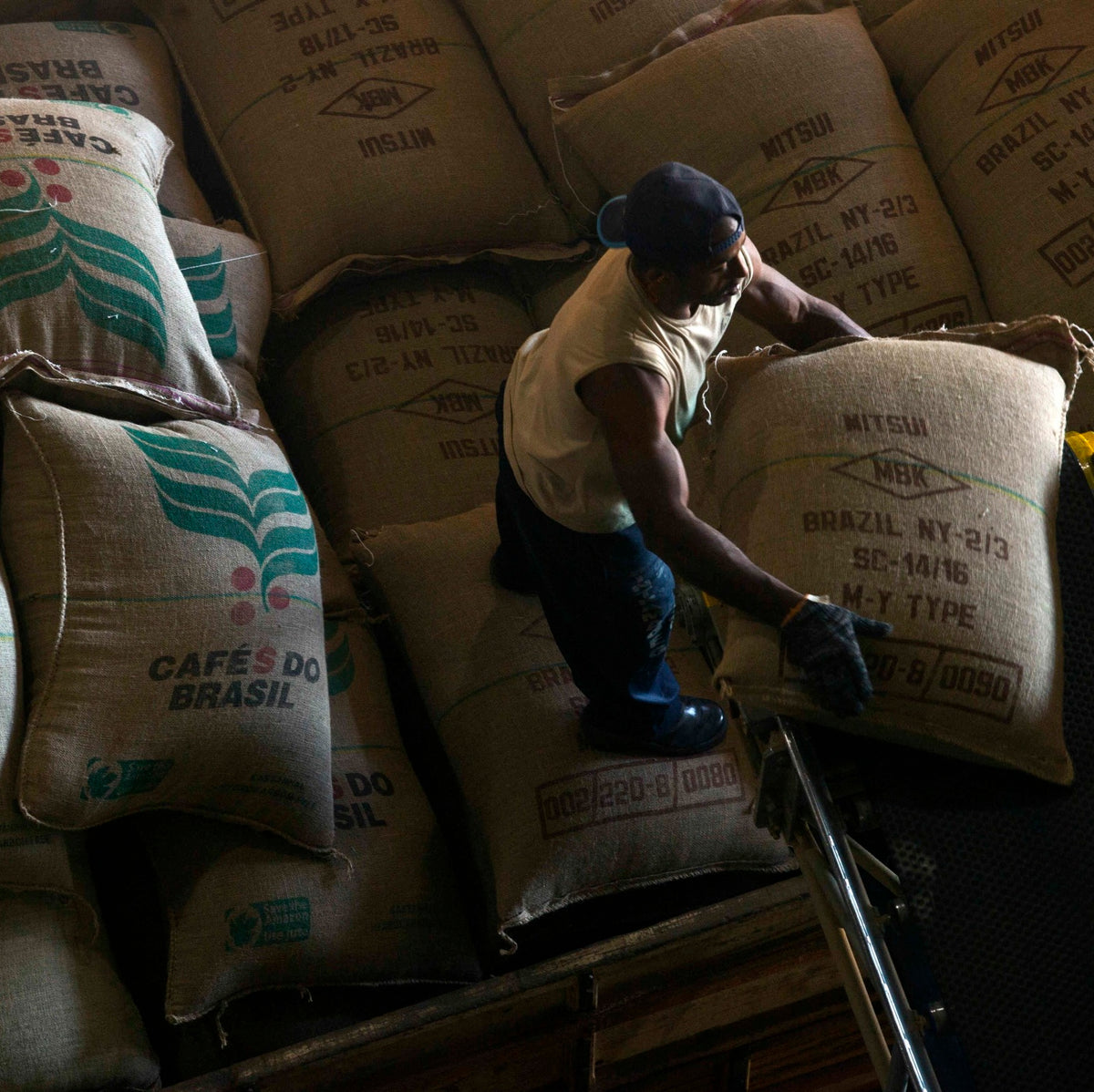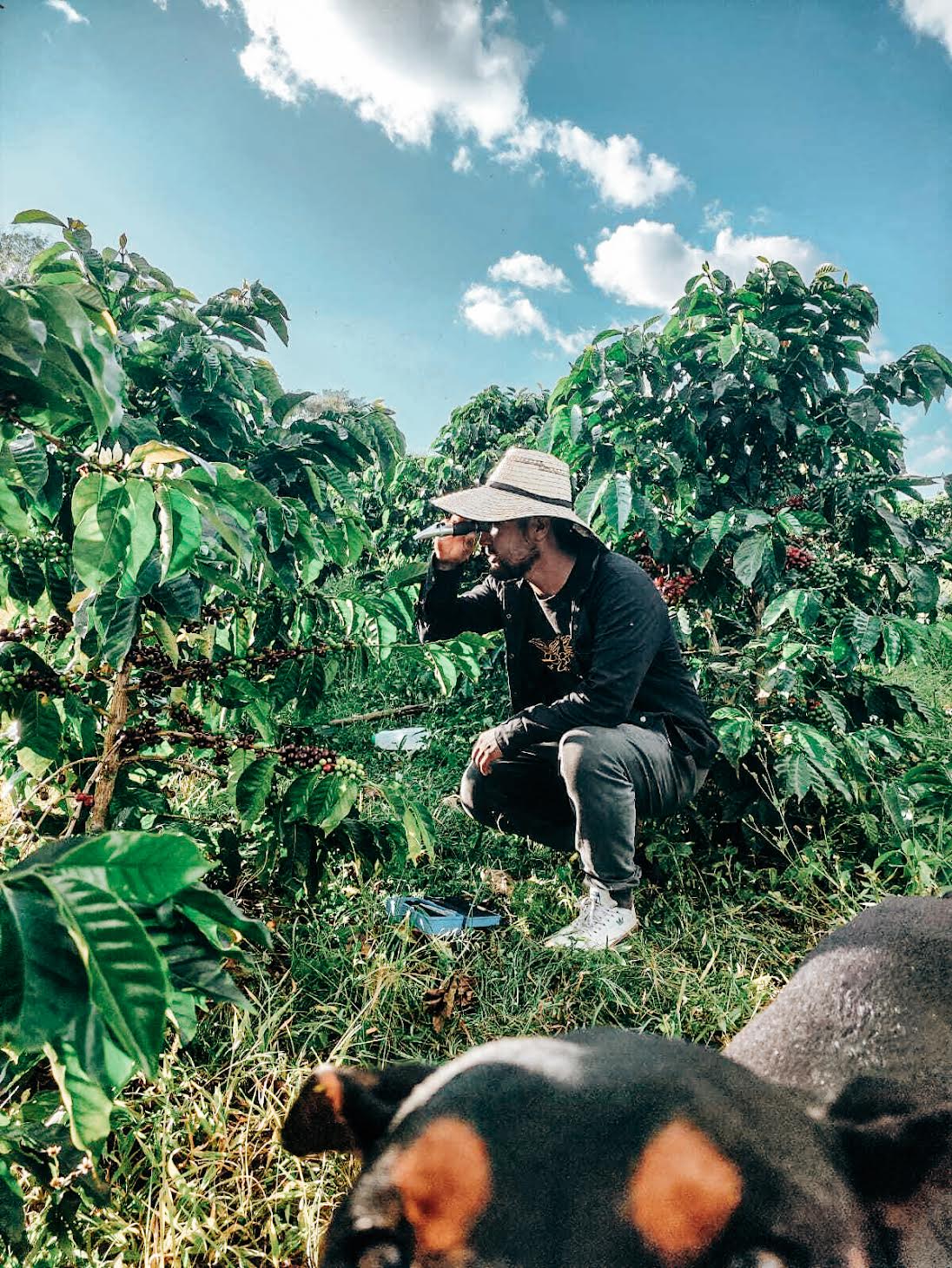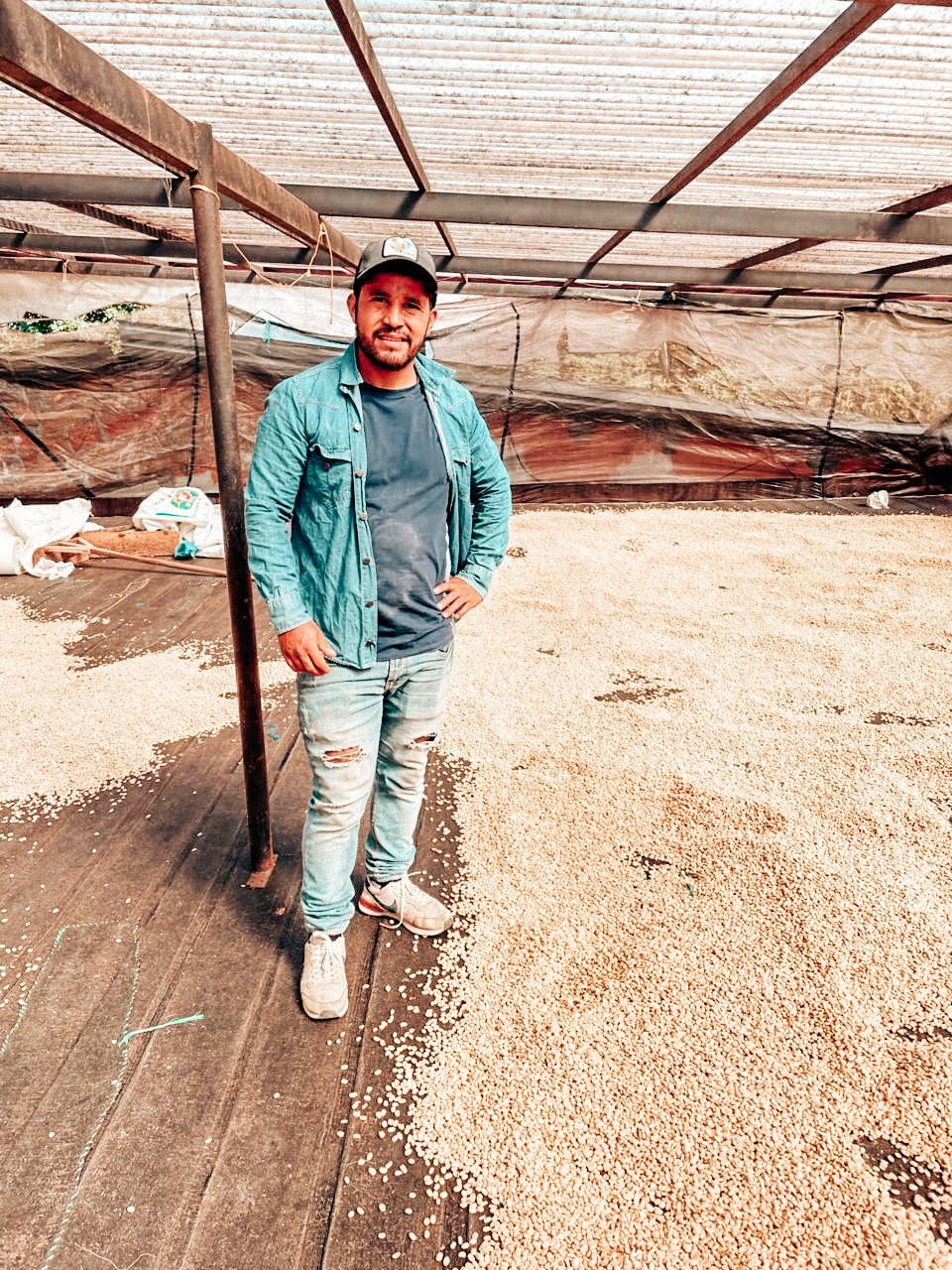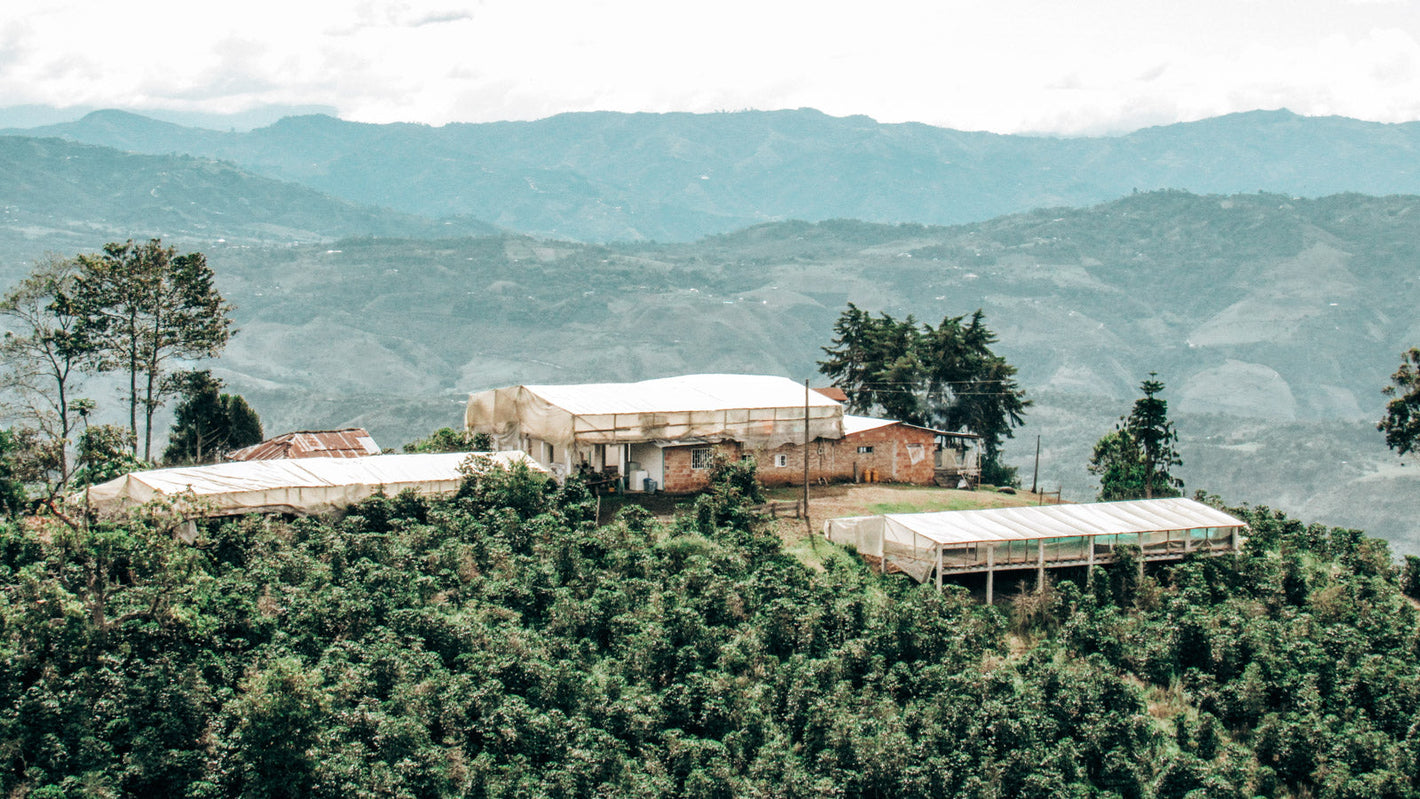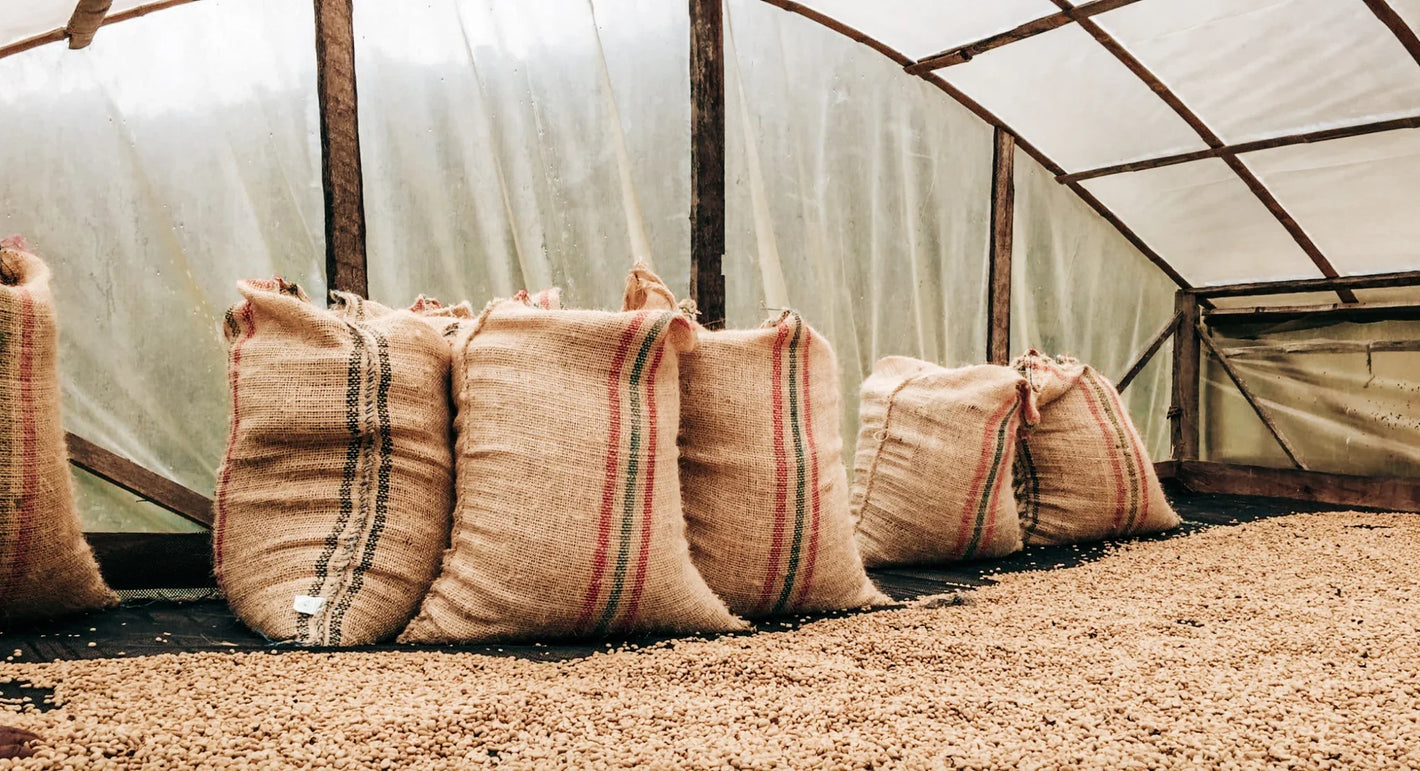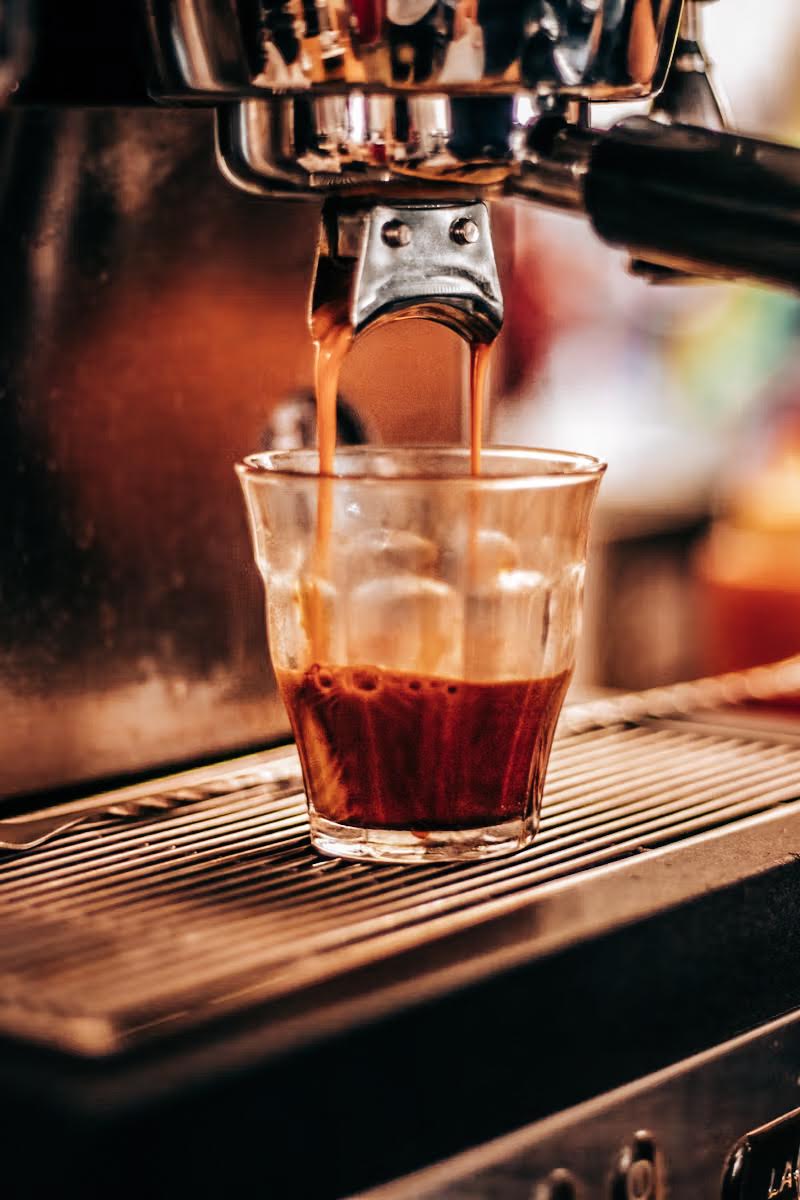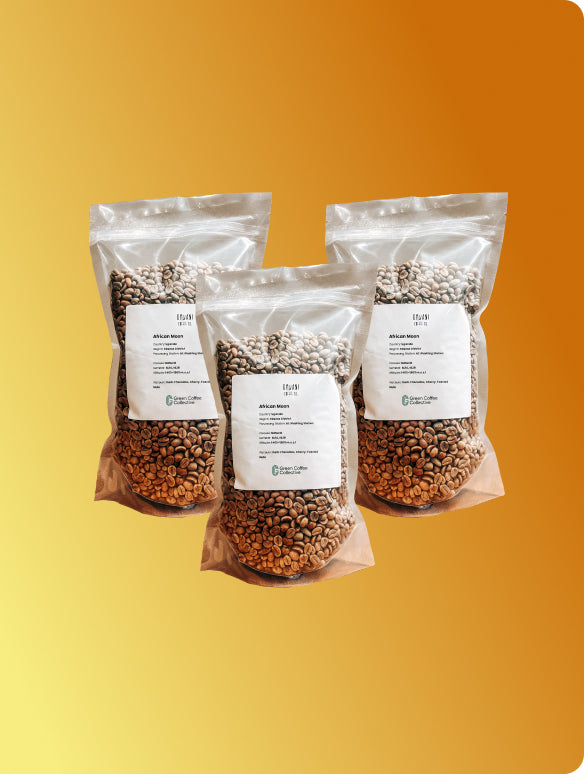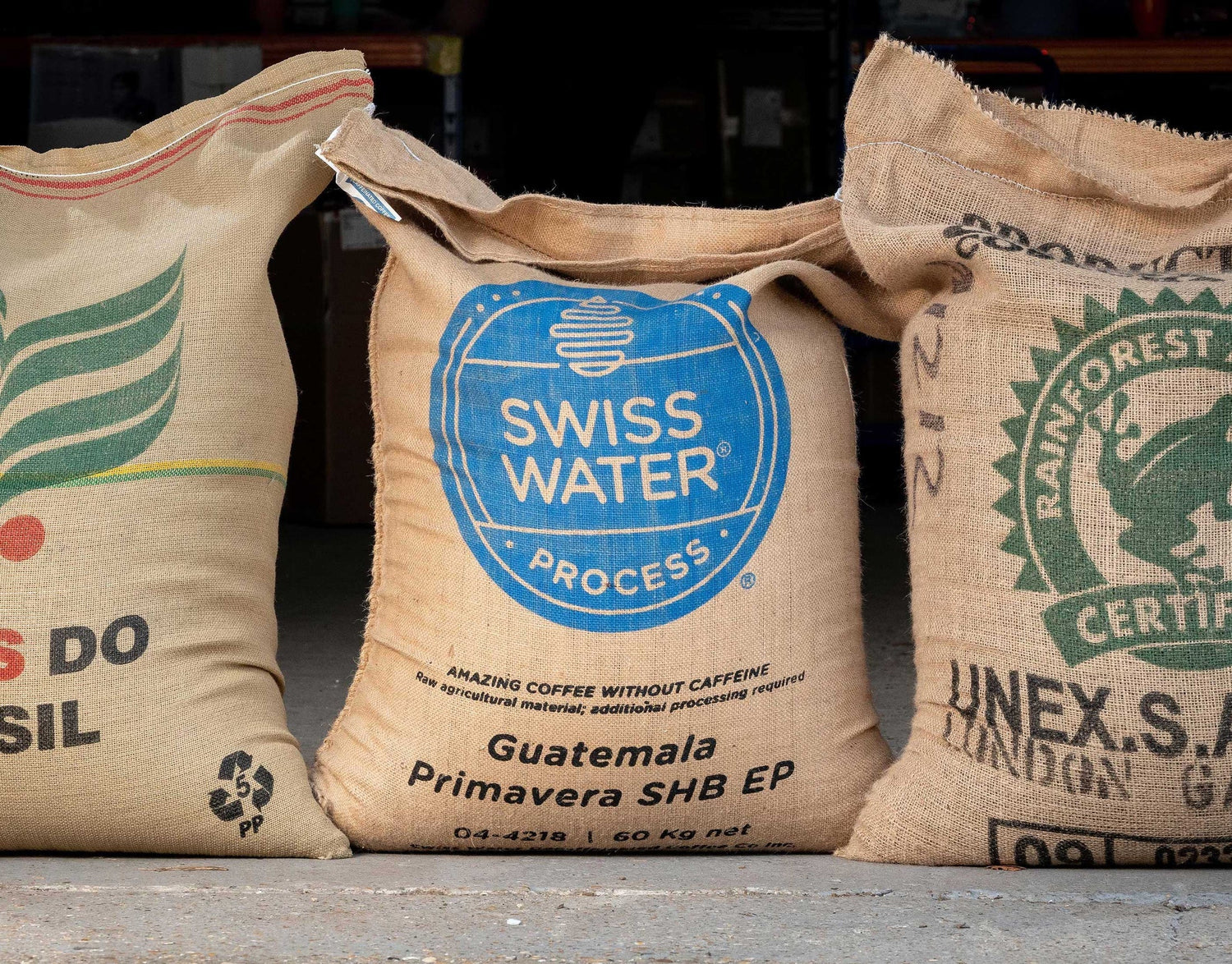
Decaf Green Coffee Beans
Decaf green coffee goes through carefully controlled processes to remove caffeine while preserving flavour. Methods like Swiss Water, CO₂, and sugarcane decaffeination maintain the beans’ natural characteristics, ensuring they roast and brew just as well as their caffeinated counterparts. Whether you're sourcing for filter, espresso, or blends, our decaf range delivers full flavour without compromise - available from wholesale quantities to sample packs to suit every roaster.
-
MW Decaf Quetzal
Cupping Score83.25Processing methodVarietalTypica , Mundo Novo , Bourbon , CaturraMain flavour notesOrange | Citrus | Brown SugarIn Stock+60kg left -
Al Hayma & Anis Decaf
Cupping Score81.5Processing methodVarietalMultipleMain flavour notesGrape | Raspberry | LemonOut of Stock -
Las Flores Pink Bourbon Decaf
Cupping Score87.0Processing methodVarietalPink BourbonMain flavour notesClove | Pink Pepper | Ginger | RosesOut of Stock -
Nimbus Pink Bourbon Decaf
Cupping Score86.0Processing methodVarietalPink BourbonMain flavour notesPapaya | Blueberry Compote | SherryOut of Stock -
Decaf C02 Brazil Carbonic Natural
Processing methodVarietalMundo Novo , Catuai , BourbonMain flavour notesSlight Citrus | Caramel | ChocolateOut of Stock -
Kericho County AA - Kenyan Decaf
Cupping Score85.25Processing methodVarietalBatian , Ruiru 11 , SL 28 , SL 34Main flavour notesBrown Sugar | Malt | HoneyIn Stock+50kg left -
Edinson Argote Laurina
Cupping Score85.0Processing methodVarietalLaurinaMain flavour notesCitrus | Mandarin | BerriesOut of Stock
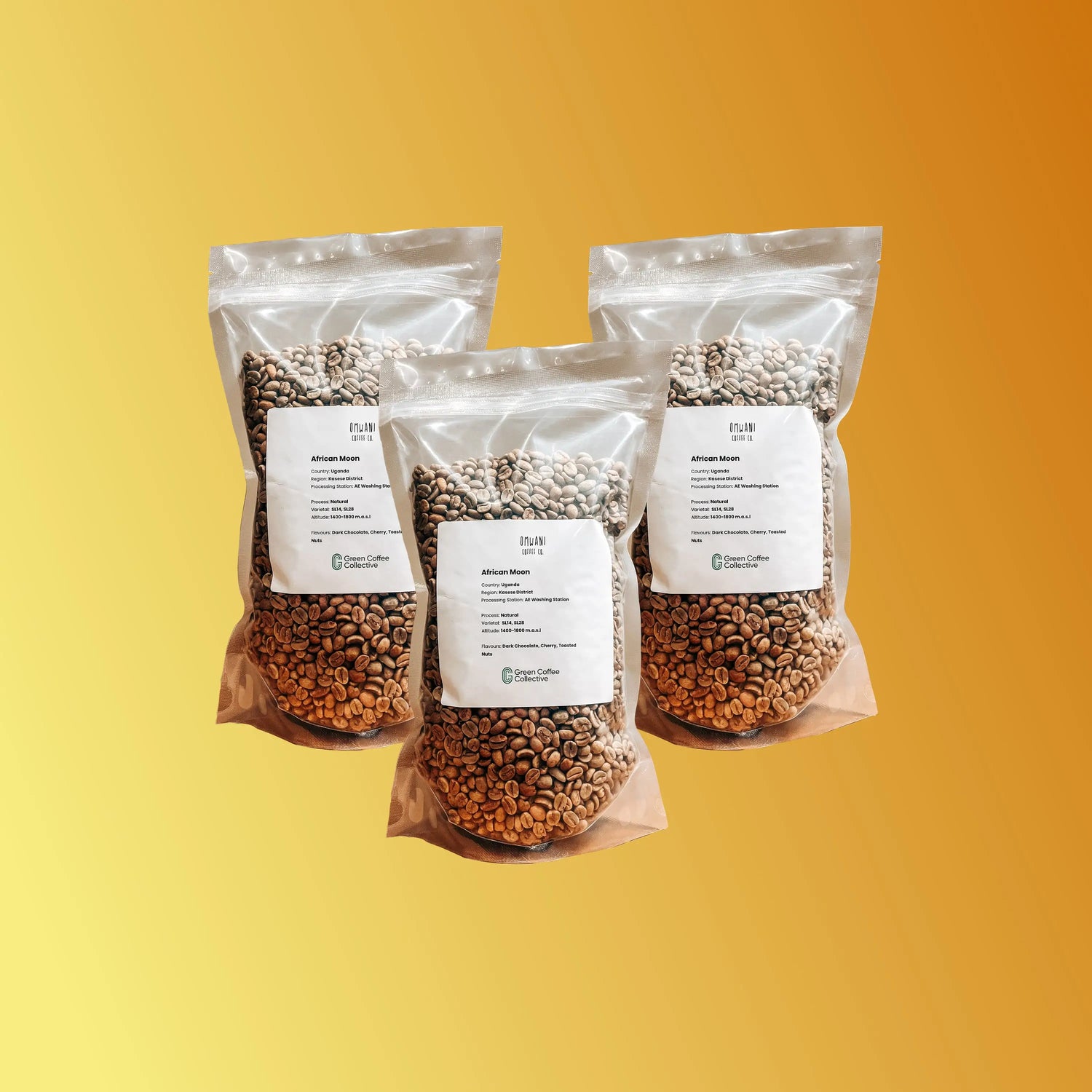
Your guide to Decaf Green Coffee Beans
-
How do you decaffeinate green coffee beans?
-
What is the best way to decaffeinate coffee?
-
How do you roast decaf coffee beans?
-
Introduction to Decaf Green Coffee Beans
-
What is Decaf Processing?
-
The Journey of a Bean: Understanding Our Decaf Coffee
-
Ideal Use Cases for Roasters
-
Regions & Origins That Excel with This Method
-
Why Choose Our Decaf Green Coffee Beans?
-
Available Equipment to Support Your Roasting
-
Explore Our Decaf Green Coffee Selection
